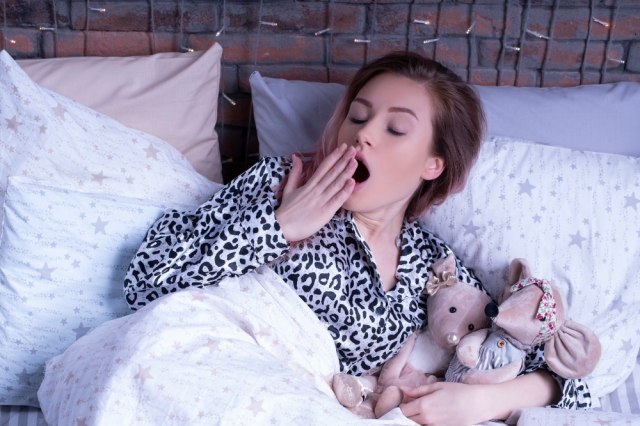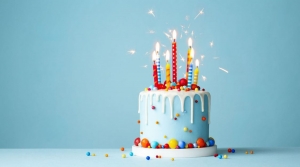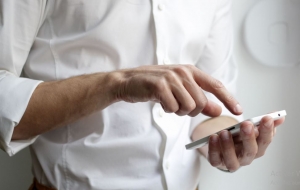Mouth taping can be reasonably safe for carefully selected adults who breathe well through the nose and do not have untreated sleep apnea , but it’s not a blanket “sleep hack.” The evidence is early and mixed; risks include impaired breathing, skin reactions, anxiety, and ,most importantly, delaying diagnosis of sleep apnea if you self-treat snoring. Proceed only with a cautious, structured trial (or choose safer alternatives first).
What mouth taping is supposed to do
The goal isn’t the tape itself, it’s to encourage nasal breathing, which filters/humidifies air and can stabilize the tongue and jaw to reduce snoring. Small studies suggest mouth taping may reduce snoring and apnea severity in mild obstructive sleep apnea among habitual mouth-breathers, but research is limited and heterogeneous. Translation: promising signal, low certainty.
What the latest reviews say
A 2025 systematic review concluded the total evidence base is small and methodologically weak , it urged caution about broad recommendations. A 2024 scoping review echoed that research is limited and trending faster on social media than in clinics.
The real risks (from most to least consequential)
1) Breathing compromise during sleep
If your nose clogs (allergies, cold, deviated septum), taping the mouth can create a single point of failure for airflow. Sleep experts warn that using tape to “hack” sleep can be dangerous—especially if it masks or worsens occult sleep apnea.
2) Delayed diagnosis of sleep apnea
Self-treating snoring with tape may postpone evaluation for apnea—linked to hypertension, arrhythmias, insulin resistance, and accident risk. If you snore loudly, stop breathing at night, or feel excessively sleepy, get assessed before experimenting.
3) Skin and mucosal reactions
Adhesives can cause irritation, contact dermatitis, or painful removal (worse with facial hair or sensitive skin). Choose medical-grade, hypoallergenic products, and stop at the first sign of irritation.
4) Anxiety or poor sleep
Some people feel claustrophobic with lips sealed; this can fragment sleep and negate any theoretical benefit.
Who should not try mouth taping (without medical clearance)
-
Suspected or diagnosed moderate–severe OSA (snorts, choking/gasping, witnessed apneas, high daytime sleepiness)
-
Significant nasal obstruction at baseline (you can’t sit and breathe comfortably through the nose for 5 minutes)
-
Acute respiratory illness, heavy alcohol/sedatives, active reflux with regurgitation, or nausea/vomiting
-
Cardio-pulmonary disease where any airflow restriction is risky
-
Adhesive allergy/active dermatitis around the lips/cheeks
-
Children (different anatomy/risks—see a pediatric professional)
If you do test it, make it a controlled experiment
1) Clear your nose first (non-negotiable)
Evening saline rinse; manage allergies; consider clinician-guided nasal steroid if appropriate. If nasal breathing feels labored while awake, do not tape.
2) Establish a baseline (3 nights, no tape)
Track: snoring (app or partner 1–5), “dry-mouth” score (0–10), morning sleepiness (0–10), position, alcohol.
3) Trial period (7–10 nights, with tape)
Keep routines constant. Use medical-grade, hypoallergenic tape only such as Maxflow Mouth Tape never use duct/packing tape. Abort if you wake short of breath, rip tape off in panic, or scores worsen.
4) Decide with data
Look for a 30–50% drop in snoring intensity/complaints and a ≥3-point drop in dry-mouth score. If there’s no meaningful improvement—or any red flags—stop and get evaluated.
Safer first-line alternatives (often overlooked)
-
Side-sleeping and slight head-of-bed elevation
-
Nasal optimization: saline, allergy control, nasal dilators; address structural issues with an ENT when appropriate
-
Evening alcohol reduction (3–4 hours before bed)
-
Weight management where relevant
-
Mandibular advancement device (for diagnosed snoring/mild OSA)
-
CPAP or specialist-guided therapy if OSA is confirmed
Common myths—fact-checked
“It’s a harmless wellness hack.”
Not for everyone. Risk is low in the right candidate, higher in those with nasal blockage or unrecognized apnea. Screening matters.
“If it reduces snoring, it fixed the problem.”
Snoring can coexist with apnea; quiet snoring ≠ safe sleep. If symptoms persist, test for OSA.
“Any tape will do.”
No. Use medical-grade, hypoallergenic adhesive designed for skin; monitor for irritation.
Bottom line
For carefully selected adults, a short, data-driven trial of mouth taping can be low risk and sometimes helpful, but it’s not a cure-all and shouldn’t substitute for diagnosing apnea or fixing nasal obstruction. If you proceed, prioritize nasal health, use a purpose-built hypoallergenic tape, and stop immediately if breathing feels compromised or your sleep worsens. When in doubt, get a formal sleep evaluation first.
This article is for general education and isn’t a substitute for personal medical advice.






